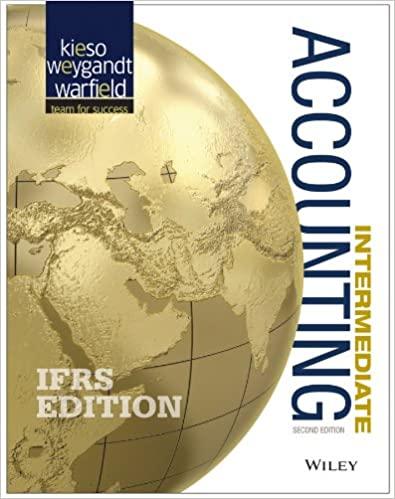YOU MAY USE ANY ONE-DIVIDEND PAYING STOCK AND ANY ONE NO-DIVIDEND PAYING STOCK. The objective is to determine how much to invest in each security
YOU MAY USE ANY ONE-DIVIDEND PAYING STOCK AND ANY ONE NO-DIVIDEND PAYING STOCK. The objective is to determine how much to invest in each security to form your optimal portfolio. Based on your analyses, prepare a report with relevant tables and graphs describing the findings. Email the report with word document and the spreadsheet of the raw data you collected. Your report should not exceed 5 pages (excluding all supporting tables, graphs, computations, and copies of data sources).
- Choose one dividend-paying stock and one no-dividend stock to combine with cash (U.S Treasury bond) in forming your portfolio.
- Structure of your Analyses:
Obtain monthly closing stock prices and dividends (as of the ex-dividend date), and compute monthly returns for each of the last 60 months (Jan-2015 to Dec-2019). Obtain returns on the S&P 500 Index (market portfolio for project) and monthly yield on the 30-year T-bond rate for the same period. This is the data set for your portfolio formation analyses.
- Individual Security Analysis for each security (2 stocks, T-bond, Market Index):
- Compute the arithmetic and geometric mean return on each security (2 stocks, T-bond, Market Index) compute the return by explicitly including the dividend.
- Form a covariance and correlation matrix based on returns, for the securities in your raw data set (2 stocks, T-bond, Market Index).
- For each security (except the Market Index), compute beta using regression analysis.
- Portfolio Formation and Analysis:
- Form risky portfolios using the 2 stocks starting with negative weights on one of them and ending with negative weights on the other. Change the weights in increments of 10% starting with (-10%,110%).
- Compute the arithmetic mean return, beta, and the portfolio variance for each of your portfolios.
- Plot each of the portfolios in arithmetic mean return - standard deviation space.
- Identify the minimum variance and maximum return portfolios from the investment opportunity set with the 2 stocks. Identify the efficient frontier.
- Form risky portfolios using the 2 stocks starting with negative weights on one of them and ending with negative weights on the other. Change the weights in increments of 10% starting with (-10%,110%).
- From the investment opportunity set with the 2 stocks, determine the optimal risky portfolio to combine with the T-bond.
- Identify the optimal risky portfolio on the graph. The combination of T-bonds and your optimal risky portfolio makes up your complete portfolio.
- Draw the Capital Allocation Line (CAL) for your complete portfolio. This is your new efficient frontier. What is its slope of CAL?
- Where on this CAL would you prefer to invest? Specifically, how you would allocate $1000 between your two stocks and the T-bond.
- Is the optimal risky portfolio you choose better off than the market index portfolio (S&P 500 Index)? Why?
At a minimum, your report should include the objective of the study, results, interpretation of the results, your recommendations, and limitations of your analyses. Present your findings in tables. Include charts wherever appropriate. All charts should be fully labeled. Include all information including raw data used to do the analysis (such as stock prices, dividends, etc).
Step by Step Solution
There are 3 Steps involved in it
Step: 1

See step-by-step solutions with expert insights and AI powered tools for academic success
Step: 2

Step: 3

Ace Your Homework with AI
Get the answers you need in no time with our AI-driven, step-by-step assistance
Get Started


